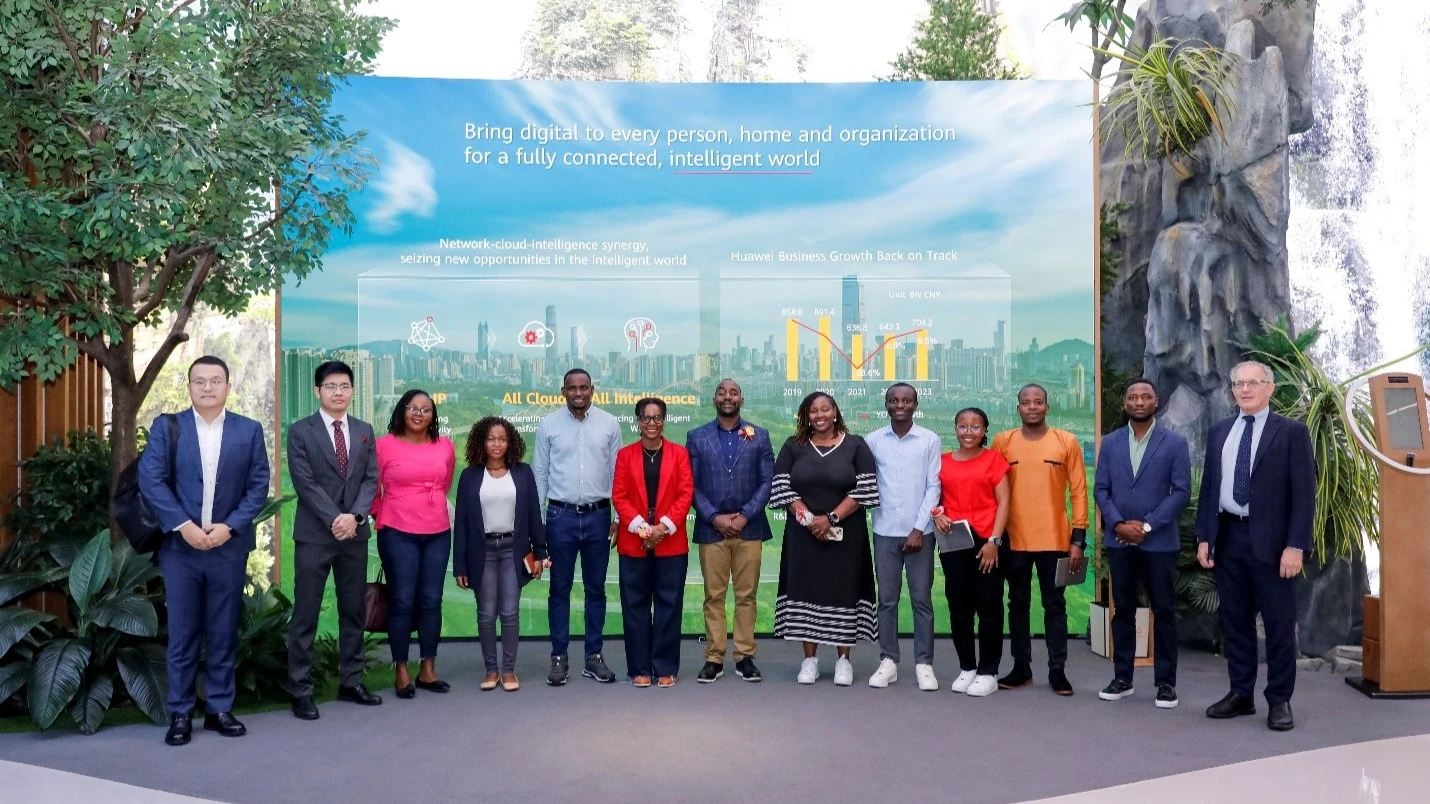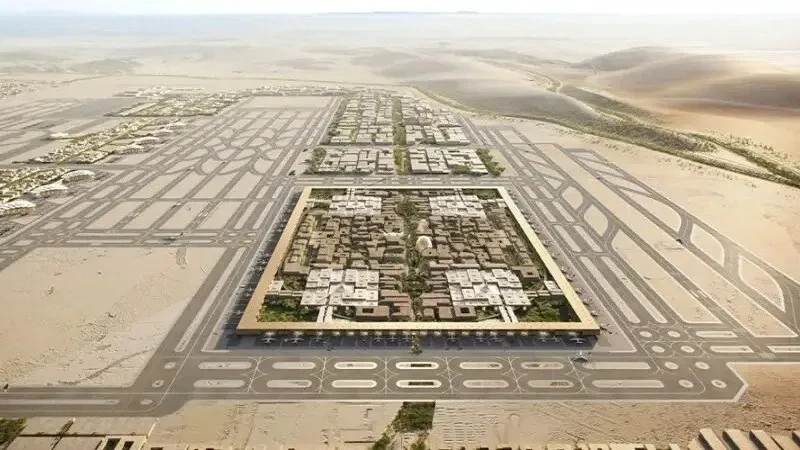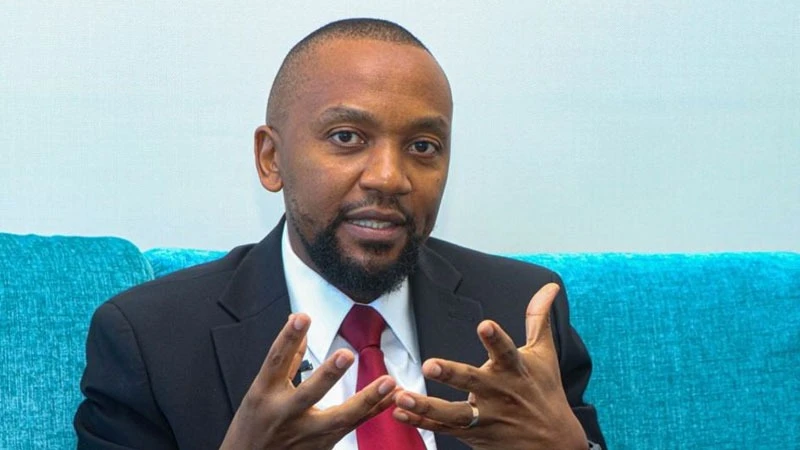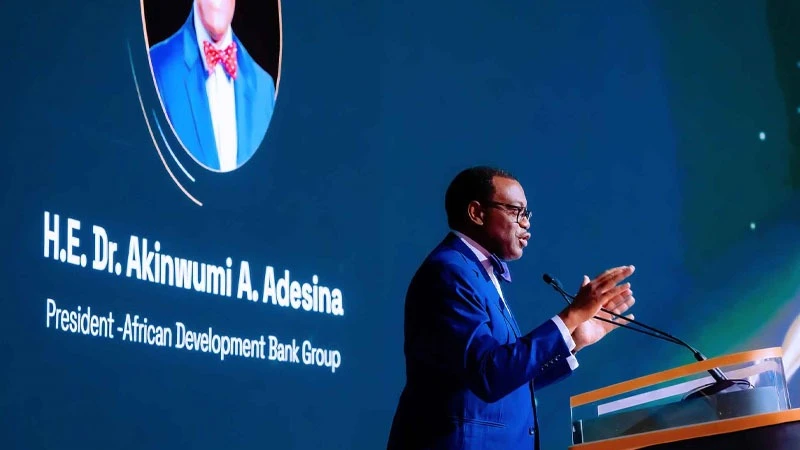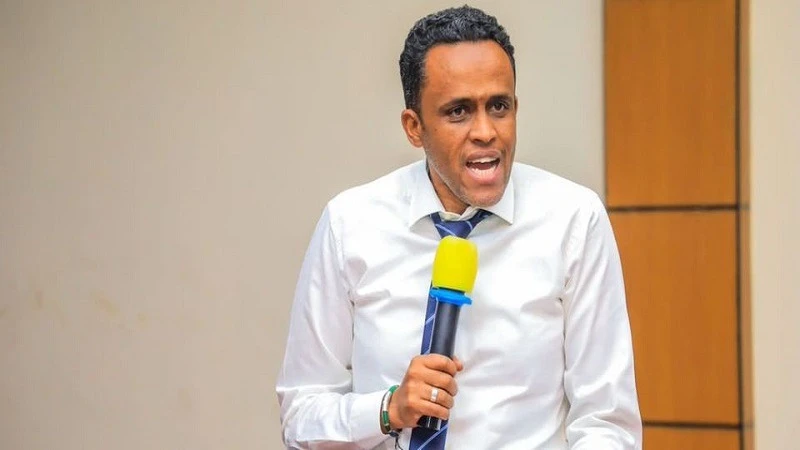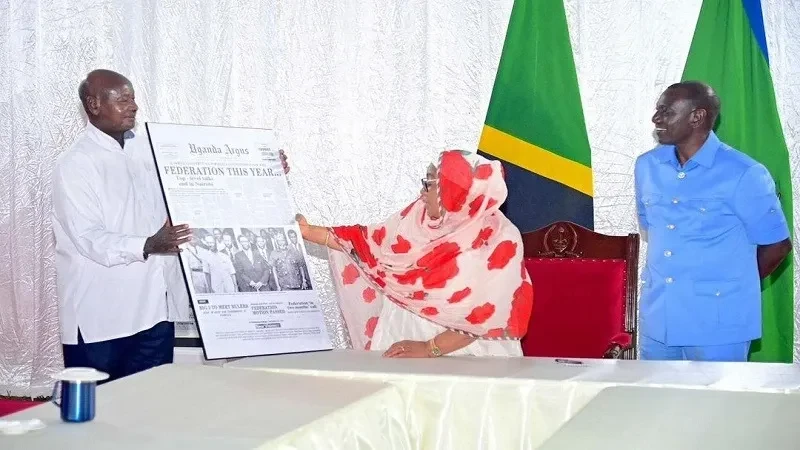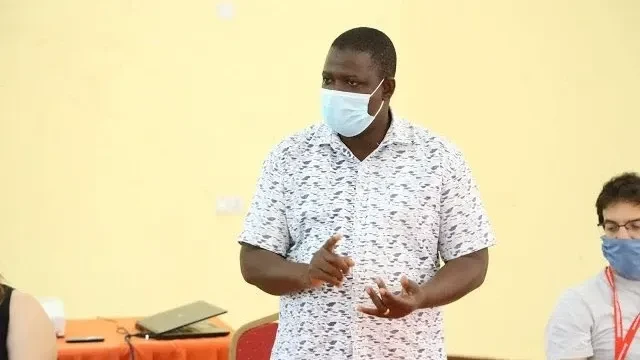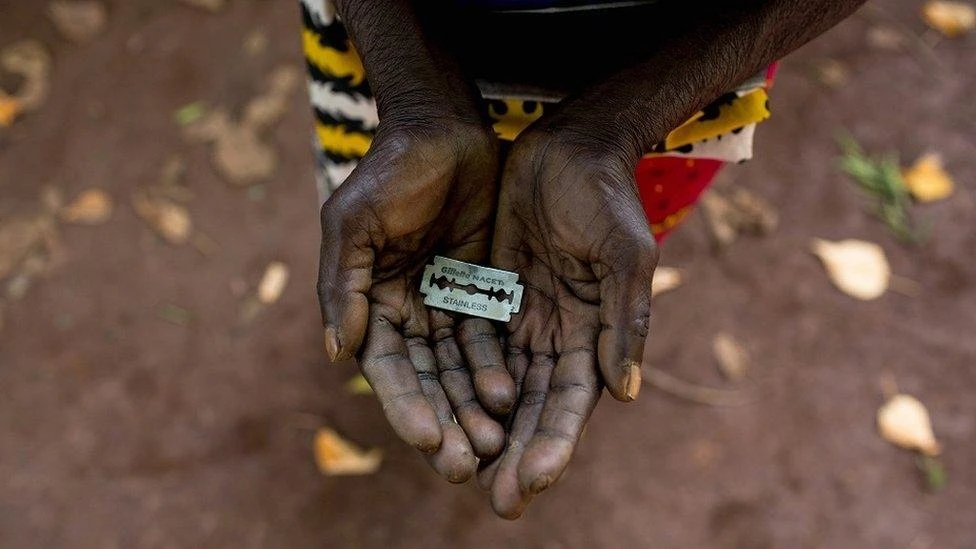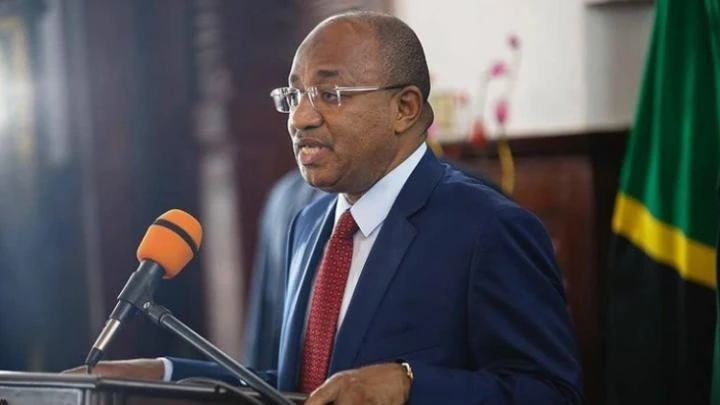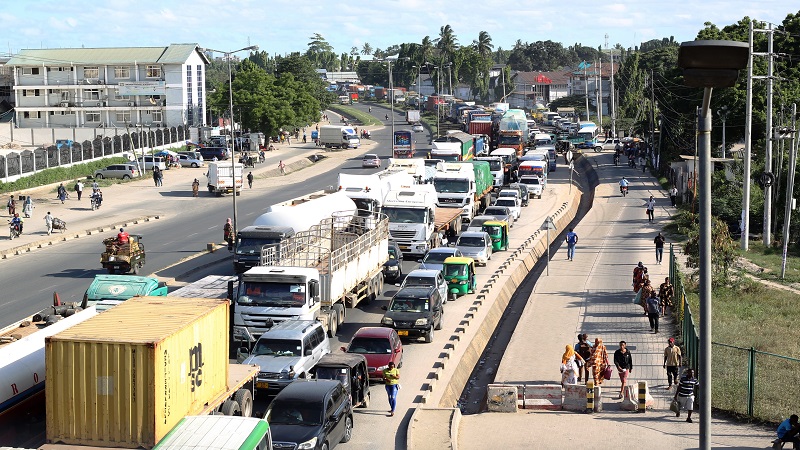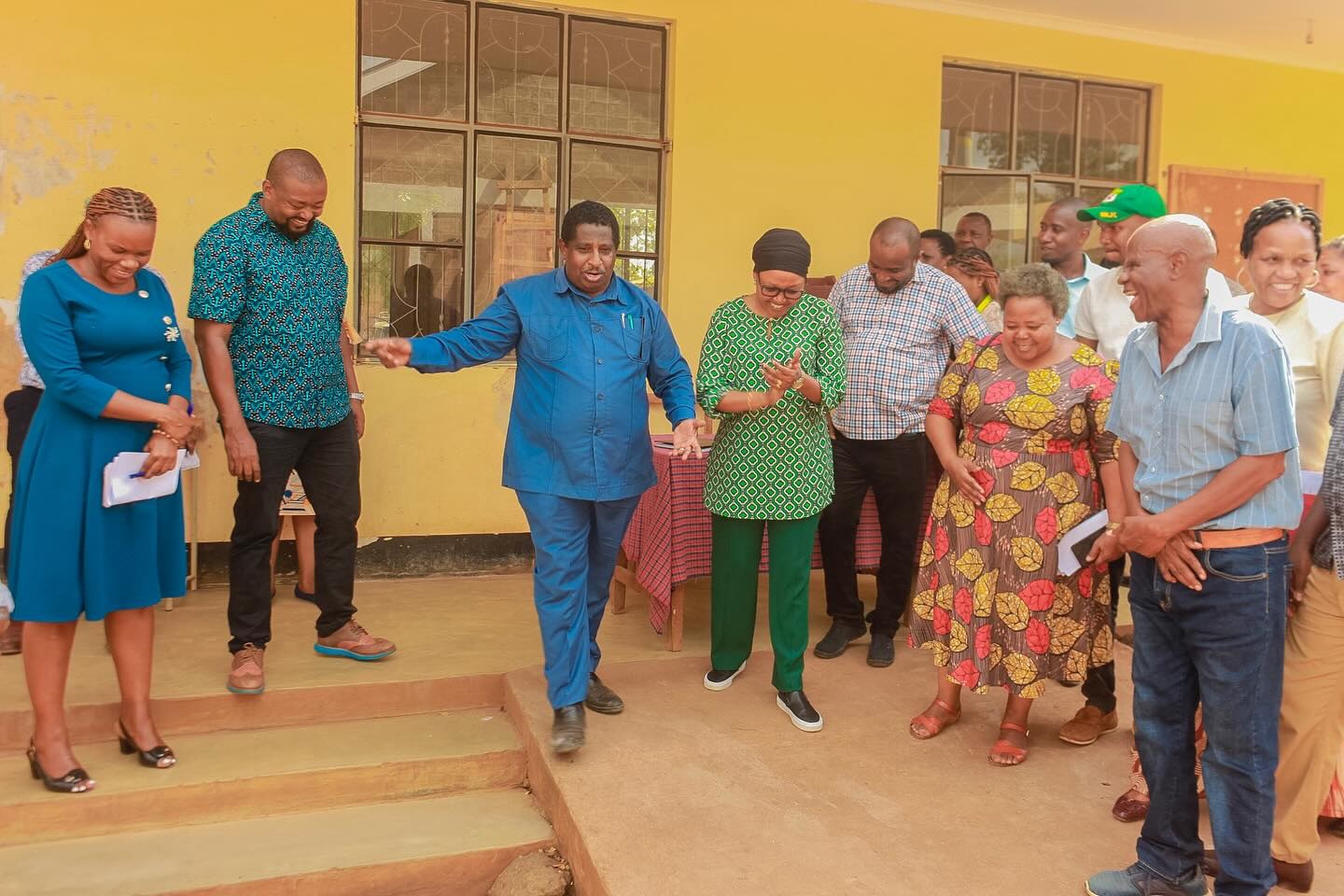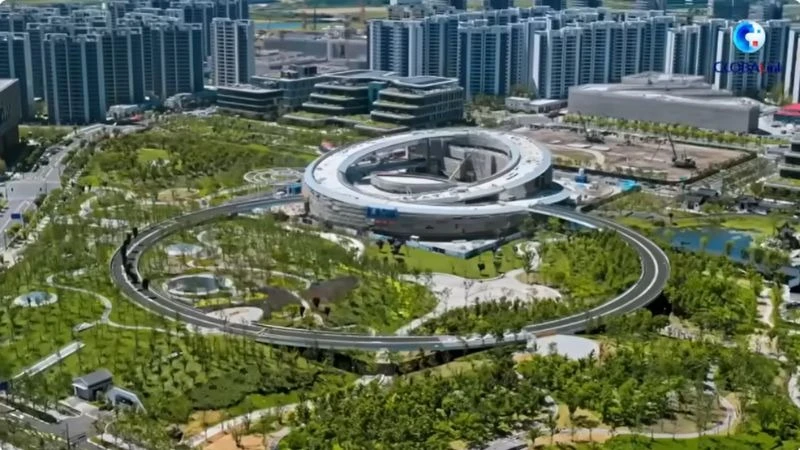Tanzania to become graphite mining powerhouse

Tanzania is projected to become a global powerhouse in graphite mining, ranking sixth worldwide and third in Africa by 2050, according to a recent report by the World Bank and data from the US Geological Survey.
Mozambique leads among African nations, followed by Madagascar.
This achievement was highlighted by Dr. Venance Mwasse, CEO of the State Mining Corporation (STAMICO), who represented the Minister of Minerals, Anthony Mavunde, at the "Ministerial Session" of the Africa Critical Minerals Summit held in Cape Town, South Africa.
Dr. Mwasse underscored Tanzania’s rich endowment in critical minerals, including graphite, nickel, cobalt, lithium, rare earth elements, and niobium, all essential for modern energy production and technology advancement.
Dr. Mwasse outlined Tanzania's ambitious Mining Vision 2030, which aims to reduce risks for investors by conducting extensive geological research in areas where data is limited, thereby "de-risking" the mining sector.
“This initiative includes expanding high-resolution airborne surveys from the current 16% coverage to 50% by 2030, a move expected to improve exploration accuracy and build investor confidence,” he explained.
Emphasizing the need for a united African approach, Dr. Mwasse advocated for collaboration among African nations to establish processing and refining facilities on the continent.
He noted the strategic importance of conducting cost-benefit analyses to determine ideal locations for these facilities.
“For example, the upcoming Kabanga Nickel multi-metal smelter in Kahama, Tanzania, will enable neighboring countries like Burundi and the Democratic Republic of Congo to process their minerals locally, fostering regional prosperity and maximizing resource benefits, Strong partnerships among African nations are key to making this vision a reality,” he said.
Tanzania is also enhancing STAMICO’s role to attract investment by issuing exploration licenses and conducting its own preliminary research.
This approach aims to reduce investor start-up times and minimize risks associated with unproven resources. Dr. Mwasse concluded by urging other African nations to strengthen their state-owned mining corporations to drive critical mineral development.
“By doing so, we can increase national benefits and boost Africa’s position in the global mining sector,” he said
Top Headlines
© 2025 IPPMEDIA.COM. ALL RIGHTS RESERVED


